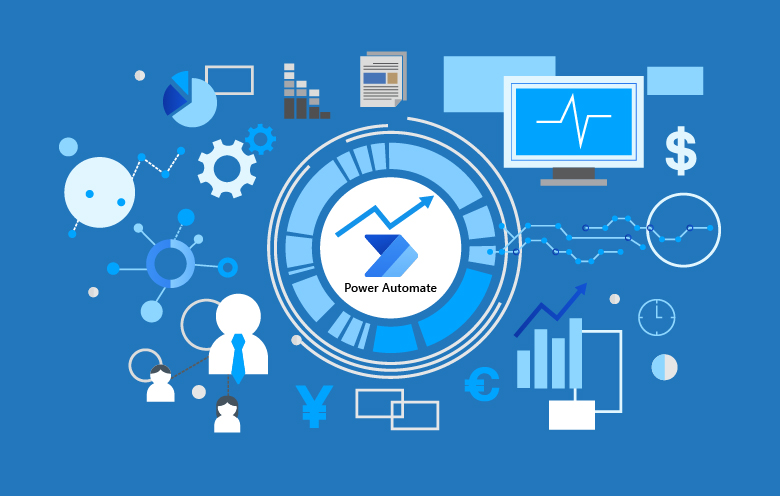Description
Introduction of Automating e-Discovery with Relativity
Automating e-Discovery with Relativity, leveraging automation is crucial for enhancing efficiency and accuracy. This training course focuses on utilizing Relativity Analytics Tools to automate various e-discovery processes, including data analysis, document review, and reporting. Participants will learn how to implement advanced analytics techniques to streamline workflows, reduce manual efforts, and improve decision-making throughout the e-discovery lifecycle. By the end of the course, attendees will be equipped with the knowledge and skills to effectively use Relativity Analytics Tools to automate and optimize their e-discovery projects.
Learning Outcomes of Automating e-Discovery with Relativity
- Understand the core features and functionalities of Relativity Analytics Tools.
- Learn how to set up and configure analytics for e-discovery projects.
- Gain insights into automating data processing and document review with analytics.
- Master best practices for implementing analytics-driven workflows.
Prerequisites:
- Basic knowledge of the Relativity platform and its interface.
- Familiarity with e-discovery processes and terminology.
- Recommended: Completion of introductory courses such as “Introduction to Relativity: Fundamentals of e-Discovery” or “Navigating the Relativity Interface.”
Table of Contents
1: Introduction to Relativity Analytics Tools
1.1 Overview of Relativity Analytics
1.1.1 Understanding the role of analytics in e-discovery.
1.1.2 Key features and benefits of using Relativity Analytics Tools.
1.2 Types of Analytics Tools Available
1.2.1 Descriptive, predictive, and prescriptive analytics.(Ref: Customizing Relativity Dashboards and Workflows)
1.2.2 Overview of analytics modules: Text Analytics, Clustering, and Predictive Coding.
1.3 Navigating the Analytics Interface
1.3.1 Introduction to the Relativity Analytics interface.
1.3.2 Key components and navigation tips.
2: Setting Up Analytics in Relativity
2.1 Preparing Data for Analytics
2.1.1 Ensuring data quality and integrity for effective analysis.
2.1.2 Techniques for data sampling and selection.
2.2 Configuring Analytics Settings
2.2.1 Step-by-step guide to setting up analytics configurations.
2.2.2 Defining project parameters and goals for analytics.
2.3 Uploading and Processing Data for Analytics
2.3.1 Managing data uploads and processing for analytics tools.
2.3.2 Understanding load files and document ingestion.
3: Implementing Text Analytics
3.1 Introduction to Text Analytics
3.1.1 Understanding the importance of text analytics in e-discovery.
3.1.2 Overview of common text analytics techniques (keyword extraction, sentiment analysis).
3.2 Setting Up Text Analytics in Relativity
3.2.1 Step-by-step process for configuring text analytics settings.
3.2.2 Best practices for applying text analytics to document sets.
3.3 Interpreting Text Analytics Results
3.3.1 Analyzing output from text analytics tools.
3.3.2 Using insights from text analytics for informed decision-making.
4: Leveraging Clustering for Document Review
4.1 Understanding Document Clustering
4.1.1 The concept and purpose of document clustering in e-discovery.
4.1.2 Types of clustering techniques used in Relativity.
4.2 Setting Up Clustering in Relativity
4.2.1 Configuring clustering settings and parameters.
4.2.2 Creating and managing clusters for document review.
4.3 Using Clusters for Efficient Review
4.3.1 Techniques for leveraging clusters to streamline document review.
4.3.2 Best practices for managing and analyzing clusters.
5: Utilizing Predictive Coding
5.1 Overview of Predictive Coding
5.1.1 Understanding predictive coding and its significance in e-discovery.
5.1.2 Key principles and methodologies behind predictive coding.
5.2 Configuring Predictive Coding in Relativity
5.2.1 Setting up predictive coding workflows and parameters.
5.2.2 Managing training sets and validation processes.
5.3 Analyzing Predictive Coding Results
5.3.1 Interpreting results from predictive coding processes.
5.3.2 Techniques for refining and improving predictive models.
6: Automating Workflows with Analytics
6.1 Integrating Analytics into e-Discovery Workflows
6.1.1 Strategies for incorporating analytics into existing workflows.
6.1.2 The role of automation in enhancing workflow efficiency.
6.2 Creating Automated Reports and Dashboards
6.2.1 Setting up automated reporting tools for real-time insights.
6.2.2 Customizing dashboards to display analytics metrics.
6.3 Monitoring and Adjusting Automated Processes
6.3.1 Techniques for tracking performance and accuracy of automated workflows.
6.3.2 Best practices for making adjustments based on analytics feedback.
7: Best Practices for Automating e-Discovery with Relativity
7.1 Establishing Analytics Best Practices
7.1.1 Guidelines for implementing and maintaining effective analytics practices.
7.1.2 Ensuring compliance and data security in analytics processes.
7.2 Continuous Improvement of Analytics Workflows
7.2.1 Techniques for refining analytics workflows based on performance data.
7.2.2 The importance of user feedback in enhancing automation.
7.3 User Training and Adoption Strategies
7.3.1 Strategies for training team members on analytics tools.
7.3.2 Encouraging user engagement and best practices for adoption.
8: Final Review and Hands-on Practice
8.1 Practical Exercise: Automating e-Discovery Tasks
8.1.1 Hands-on activity to implement analytics tools in a sample project.
8.1.2 Participants apply learned techniques to automate document review processes.
8.2 Best Practices Recap
8.2.1 Review of key concepts and practices covered throughout the course.
8.2.2 Discussion of real-world applications and potential challenges.
8.3 Final Q&A and Course Conclusion
8.3.1 Open forum for questions and clarifications.
8.3.2 Feedback and resources for further learning.
This course will provide participants with the skills and knowledge needed to automate e-discovery processes using Relativity Analytics Tools, leading to enhanced efficiency, accuracy, and overall project success.







Reviews
There are no reviews yet.